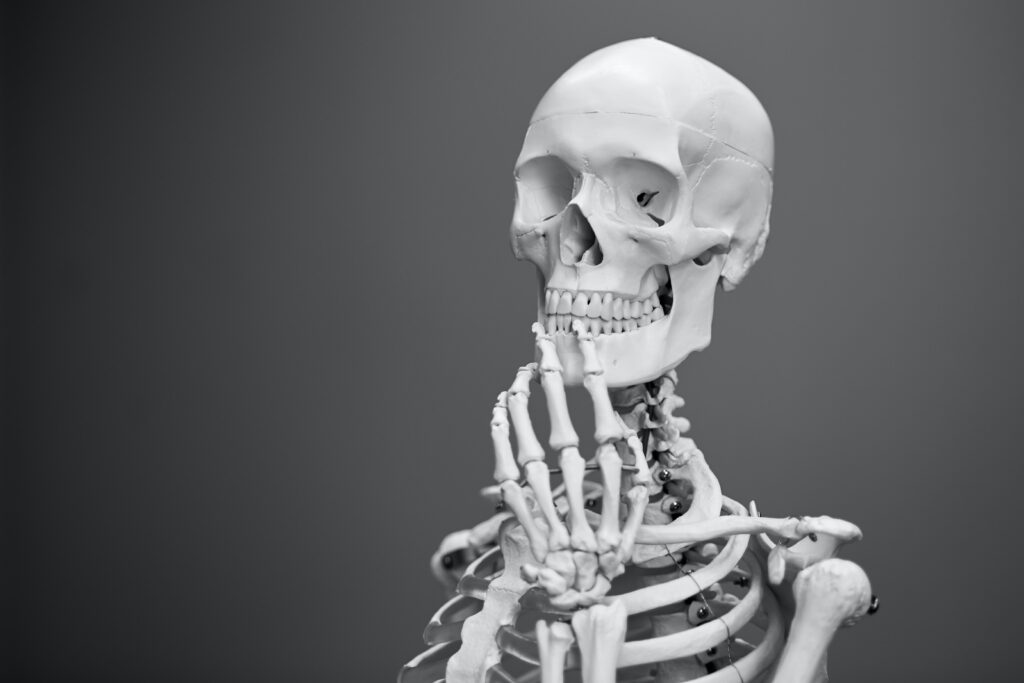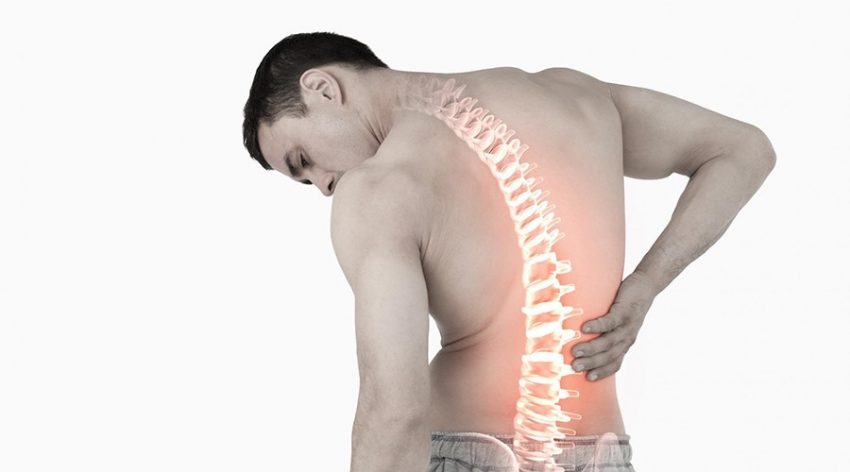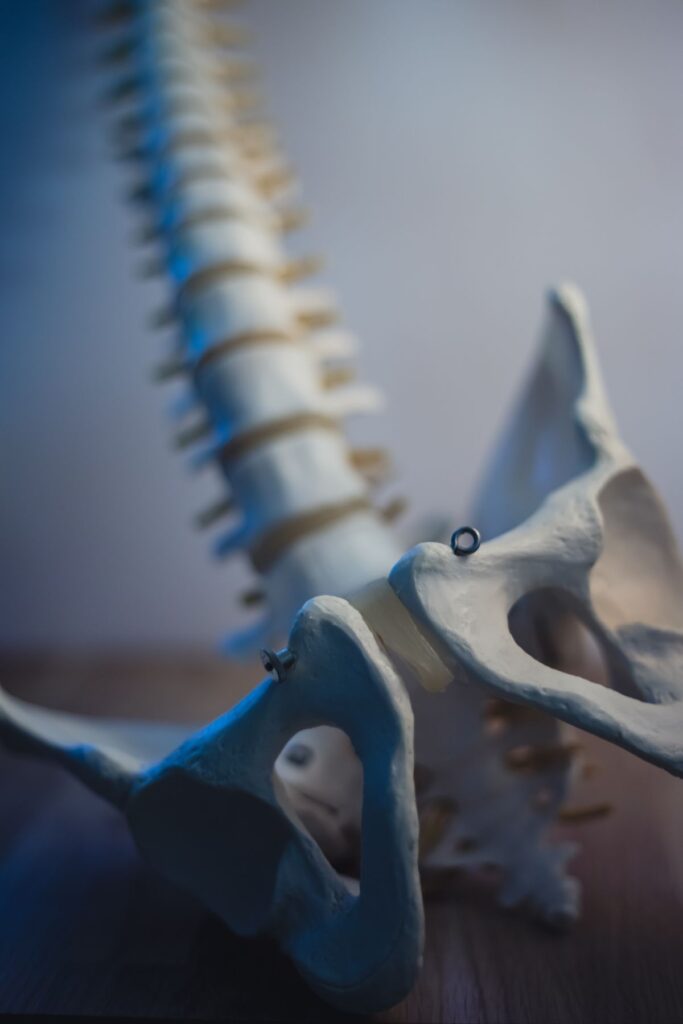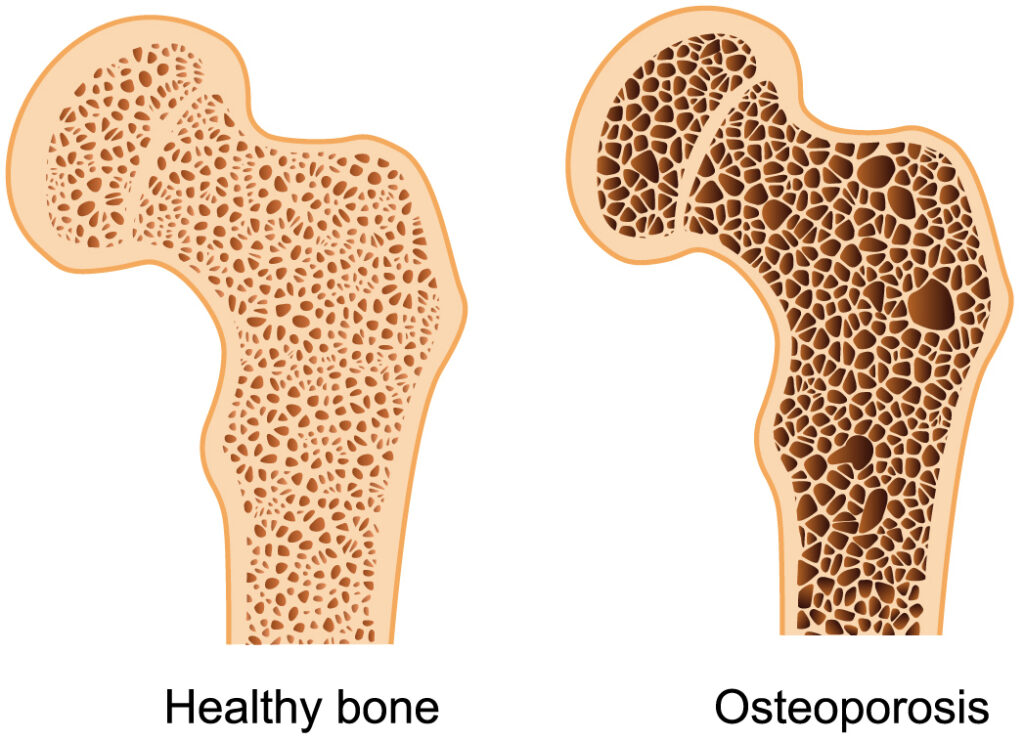Back pain can sometimes become a big problem, and for some people, it is almost unbearable. However, most of us get over it easily – justifying the pain with great physical effort, or improper posture. It often happens that we try to alleviate the pain with cold packs, sports creams – but nothing happens. Do you need spinal decompression in this case? Try to find out some of the obvious symptoms first. Here are 3 ways to know if you need spinal decompression.
What Is Spinal Decompression

Spinal decompression is the stretching of spinal fragments gently – to relieve back pain and other symptoms of compression. The state of excessive pressure on the discs between the vertebrae of the spine is called spinal compression. This compressed condition of the spine creates symptoms such as stiffness in the back – and nerve problems that can affect cognitive and emotional processes. Stretching, that is, decompression of the spine is sometimes possible with the help of certain exercises that can be easily done at home. However, sometimes you need professional help and then a spinal decompression procedure is performed.
Spinal Decompression: How Stretching Can Help
It has been proven that stretching can increase the intervertebral space – thus unblocking the intervertebral joints and stretching the ligaments. It also stretches muscles, fibroelastic tissues, improves vascularization, that is, nutrition of endangered tissues. When we talk about ways you can recognize if you need spinal decompression, here are a few indicated diseases and their symptoms – which can tell you it’s time to try spinal decompression.
1. Discus hernia

Discus hernia is a changed condition of the disc caused by degenerative changes – and less often after trauma. This change leads to the creation of bulges, pockets, so depending on the place where the change occurred, it puts pressure on the surrounding tissue and leads to certain problems – for example, pain in the back and spine.
2. Degenerative diseases of the spine

The degenerative process is an aging process that we cannot stop – but we can slow it down. Insufficient physical activity mostly affects the appearance of degenerative changes in our spine and joints. First, the coat over the vertebrae suffers – so bone growths are formed, and this leads to a decrease in mobility and later to a reduction in the range of motion. Due to the slowed circulation, we may feel even more pain. The function of the muscles decreases, and they become weak. Fortunately, spinal decompression can help us a lot with such problems – but the symptoms should be noticed on time. The main symptoms of degenerative diseases are chronic pain, limited mobility, and muscle atrophy.
3. Osteoporosis

Osteoporosis is a progressive metabolic disease of the bones. It is characterized by a decrease in bone mineral density and above all, loss of calcium from the bones. This leads to a decrease in bone strength, increased fragility – and an increased risk of bone fractures. The most endangered are the vertebrae and the femur. It is a disease that starts insidiously, without symptoms – and is most often discovered only when a bone fracture occurs. Sometimes the first symptoms may be a pain in the bones, joints, muscles – but most often osteoporosis is not thought of as a possible cause.
Spinal Decompression Results

By using this method, we can achieve a certain degree of relief in patients. This method facilitates the patient’s movement and reduces pain. Procedures are usually performed daily – and we can expect certain improvement after two to three procedures. Also, the best effects will be obtained if we combine this method with chiropractic.




